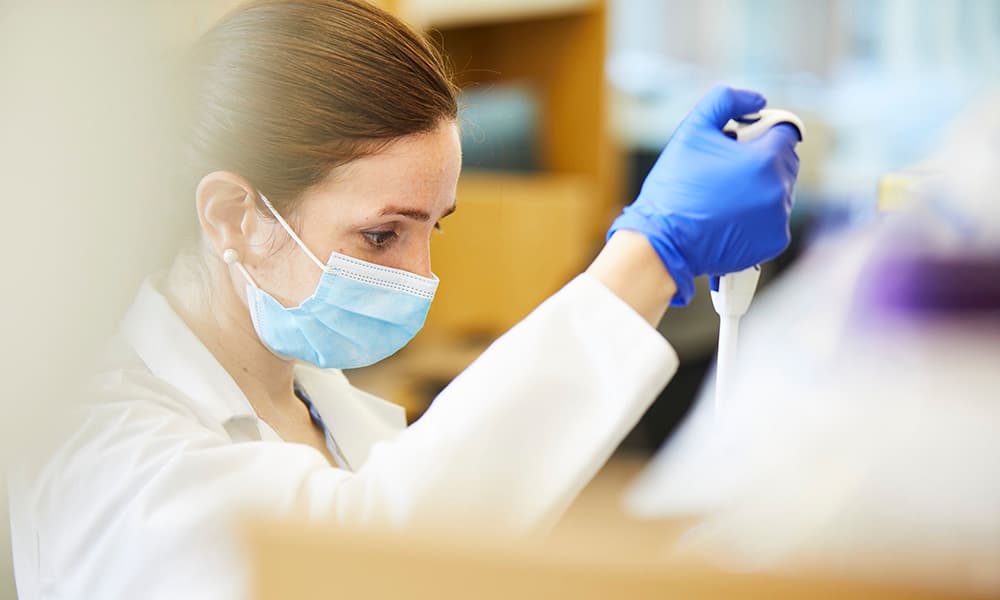INTERVENTIONAL CARDIOLOGY
 Interventional cardiology is a branch of cardiology which deals specifically with the catheter based treatment of cardiac diseases. Here, the Interventional cardiologists use specialised non-surgical diagnostic tools and imaging techniques to diagnose and treat coronary artery disease, structural heart disease, congenital heart defects (birth defects) and vascular disease, using complex, specialized catheter-based techniques (using small catheters which are inserted through pin sided holes in arteries and veins).
Interventional cardiology is a branch of cardiology which deals specifically with the catheter based treatment of cardiac diseases. Here, the Interventional cardiologists use specialised non-surgical diagnostic tools and imaging techniques to diagnose and treat coronary artery disease, structural heart disease, congenital heart defects (birth defects) and vascular disease, using complex, specialized catheter-based techniques (using small catheters which are inserted through pin sided holes in arteries and veins).
Blocks in the coronary arteries can be cleared by placing stents without performing an open-heart surgery. Holes in the heart can be closed by devices inserted through the leg veins without open surgery. Transcatheter valve replacement (both new valves and implanting valves within previous surgical valves) are also performed using cutting-edge technology.
Coronary angiography: it is a diagnostic test to estimate the narrowing of the blood vessels supplying the heart (coronary arteries). A small tube (catheter) is inserted through the artery in the hand or the leg through which a dye is selectively injected into the arteries of the heart and make it visible under Xray.
Percutaneous Coronary Angioplasty (PTCA): This is a procedure to open narrowed and blocked blood vessels that supply blood to the heart. A coronary artery stent (drug eluting or bare metal) is often placed during angioplasty which helps prevent the artery from closing again.
Percutaneous Transcatheter valve implantations: Patients who are deemed high risk for surgical replacement of faulty valves due to their age, frailty, multiple comorbidities or due to the condition of the valves itself are offered this non-surgical option where in a valve is implanted into the heart through a vein puncture in the groin. This can be performed on both native valves and previously operated valves also.
Device procedures: Various devices have shown to provide relief of symptoms, prevention of arrhythmias and sudden cardiac death and to help the heart beat in a coordinated manner in patients with heart failure. These devices are generally implanted just below the collarbone:
Implantable cardioverter defibrillator (ICD) – It tracks the heart rate and gives an electric shock if it detects a dangerously fast heart rate, resetting the heart rhythm.
Cardiac resynchronization therapy (CRT) – It sends electrical signals to the heart chambers so that they beat together in a more synchronized way, helping the heart to pump better.
Newer therapies like Cardiac Contractility Modulation (CCM) offers hope by enhancing both the strength of ventricular contraction and the heart’s pumping capacity.